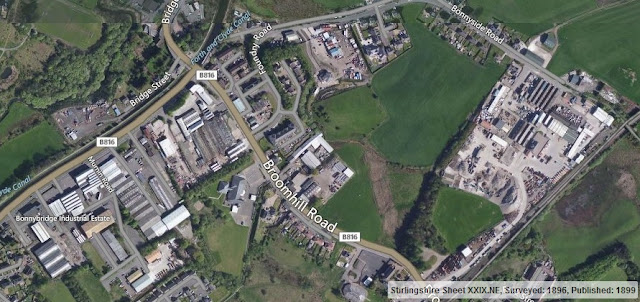Fixture congestion! Avoiding clashes with other matches! We have all become enured to football matches being played at random times times [usually at the behest of the broadcasters] instead of what was some would have us believe happened back in the good old days, when all the clubs across the country kicked off at 3 o'clock on a Saturday afternoon, but of course, like everything else the pundits are again talking rubbish!
Football matches have always kicked off when it was most convenient to the sides playing, and I found a match which I found rather interesting [well to me anyway]: A match between the Lawyers' Clerks and the Press Clerks of Falkirk in April 1896 which kicked off at 7 o'clock of a Wednesday morning. Of course it makes sense when you think about it ... The match was played on one of the few parts of central Falkirk where a proper game of Football could be played: Brockville Park, the evenings were taken up with Charity Cup or Benefit matches, and the Clerks would have to work from about 9 to 5 during the day, so morning would be the best time for the match.
However it still seems a bit weird, imagine a lawyer's clerk turning up at 9:00 in the morning having only finished a game of football about 15 minutes earlier, it certainly puts into perspective those office workers who cycle into work before showering and taking their place at their desk. Of course it is possible that the players were allowed to come in an hour or so late, in order to go home and bathe [I can almost guarantee you that none of them had showers in 1896] before turning up at work, but it is still a bit bizarre.
The next time that your club is asked to play a match on a Sunday at 7:00 in the evening, just think before you say that the World has gone mad: Football matches have been going on at strange times for over a century!















